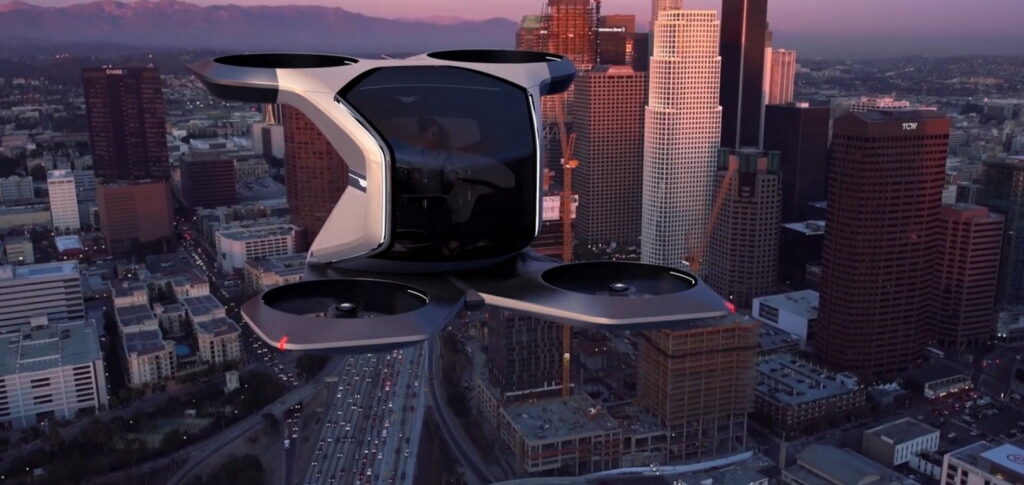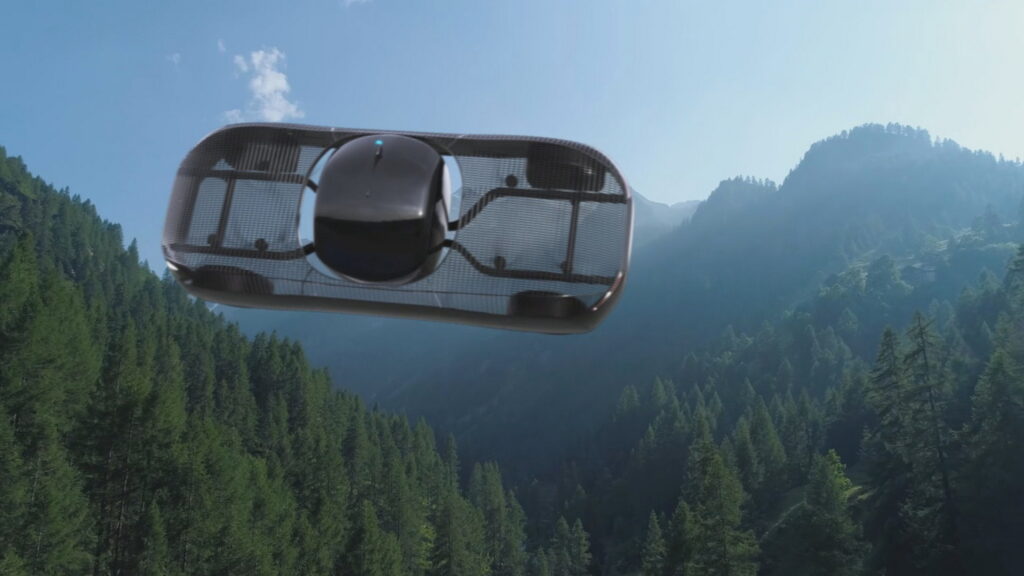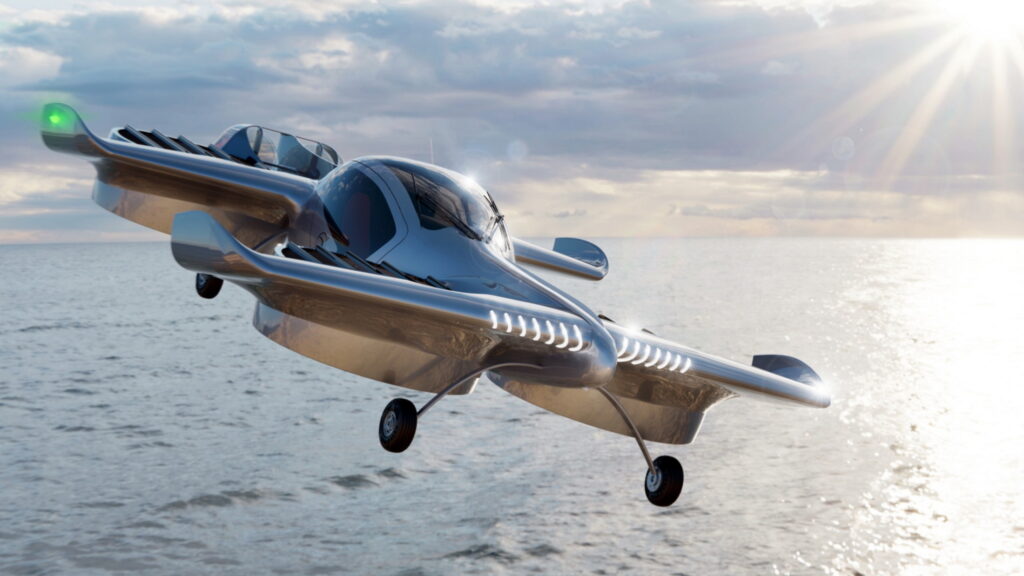Like the fifth beer of the night, flying cars are one of those ideas that sound great until you really think about them. And like the fifth drink of the night, it seems like we’re succumbing to the temptation even though there are a lot of good reasons to reconsider.
Flying cars – or, more specifically, electric vertical takeoff and landing (eVTOL) vehicles – are being taken more and more seriously. The Federal Aviation Adminstration (FAA) recently handed out a bunch of permits allowing companies to conduct further testing with their vehicles.
While a number of startups are hopefully working to develop the technology and become a Tesla-style leader, major manufacturers are also pouring money into the tech that will eventually allow people to fly in personal vehicles.
Read: Hyundai Previews Supernal eVTOL Electric Air Mobility Solution For 2028

Although the technology appears to still be a few years away, people do appear to earnestly be working on it and making legitimate progress towards a three-dimensional mobility world. But should they?
A flying car sounds like a great idea: you can go up and over the traffic; you don’t have to bother with winding roads, and can go everywhere as the crow flies; and you aren’t burdened with speed limits.
There are some aspects of flying cars that sound less than ideal, though. For one, the dream of the flying car that can drive around and take off on a whim is unlikely to really happen. Landing on a road would be dangerous and it would be a nightmare for an agency like the FAA to manage. The likeliest outcome is that owners will have to make use of eVTOL ports, which is a bummer.
Meanwhile, if the flying vehicle doesn’t have wheels (many of them don’t), you have to get out and find your way to another form of terrestrial transportation to get to your final destination. Although it would likely be faster than just driving, it would almost certainly be very expensive.
Since this new school of eVTOLs is all electric, that means that many have predicted ranges of between 60 and 100 miles (96 to 161 km) and can only carry one or two passengers at a time, none of which sounds ideal. Worse still, that doesn’t even make them a replacement for private jets.
Moreover, flying is extremely energy intensive. For example, the Alef Model A has an estimated flying range of 110 miles (177 km), but a driving range of nearly twice that, at 200 miles (322 km). Already we’re hearing how giant EVs like the GMC Hummer are repeating the old mistakes of the past, and how the switch to electric transportation will stretch our electrical infrastructure beyond its breaking point. What will happen if we add a bunch of EVs that burn through even more energy?
So flying cars are expensive, consume a lot of resources, and can only transport a few people at a time. No wonder rich people want them. But apart from CEOs stroking their egos, will eVTOLs actually benefit people, or is this yet another example of tech evangelists reinventing the bus for the rich? What do you think? Do you want a flying car? More importantly, do you think flying cars make sense for the future of transportation?





